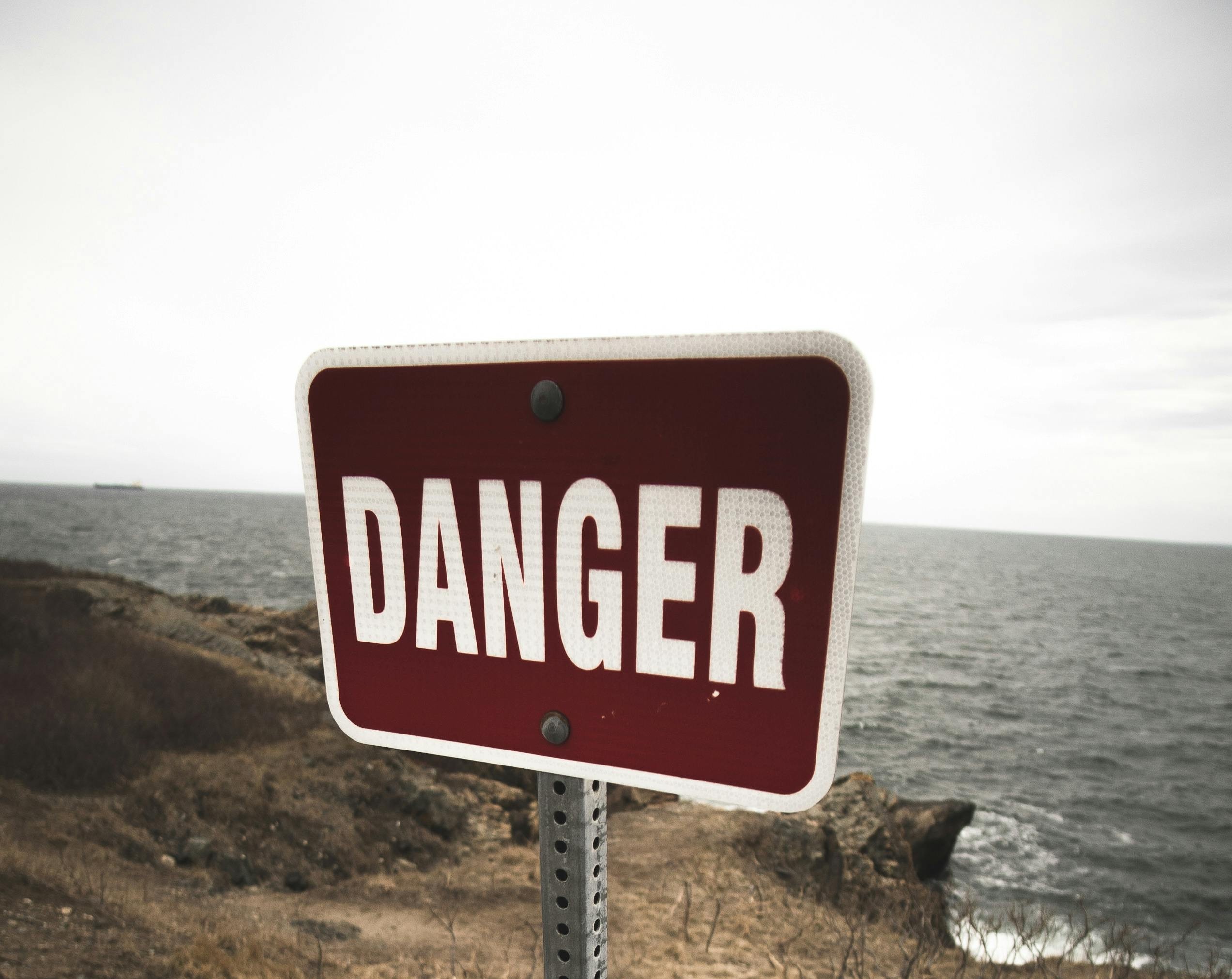Electric bikes (e-bikes) have gained significant popularity in recent years, offering a convenient and eco-friendly alternative to traditional transportation. However, like any mode of transportation, e-bikes come with their own set of risks. While they are generally safe when used correctly, there are several factors that can make them dangerous, especially for inexperienced riders or when proper safety precautions are not followed. In this article, we will explore the potential dangers associated with electric bikes, the factors that contribute to their risk, and how to mitigate those risks to ensure safe riding.
Speed and Power
One of the primary reasons e-bikes can be more dangerous than traditional bicycles is their increased speed and power. While regular bicycles typically have a top speed of 15–20 miles per hour, electric bikes can reach speeds of 28 miles per hour or more, depending on the model. This increased speed can be especially dangerous in areas with high pedestrian traffic, on narrow paths, or in crowded urban environments. A sudden collision with a pedestrian or an obstacle can lead to serious injuries or even fatalities.
Additionally, the powerful motors found in many e-bikes can make it harder to control the bike at higher speeds, especially for less experienced riders. The added power can also make it difficult to stop the bike quickly in emergency situations, further increasing the risk of accidents.
Inexperience and Lack of Training
While e-bikes may seem easier to ride because of the motor assistance, they actually require more skill and awareness, particularly at higher speeds. Many new riders who are unfamiliar with e-bikes may underestimate the need for proper handling and braking techniques. Inexperienced riders might have trouble controlling the bike on inclines, especially when descending at high speeds, or they may struggle with making quick turns.
Moreover, e-bikes can be heavier than regular bicycles due to the motor and battery, which can make them more difficult to handle in emergency situations. Riders who are not accustomed to the added weight may find it challenging to maintain control in certain scenarios, increasing the risk of accidents.
Lack of Protective Gear
Another factor that can contribute to the dangers of e-bikes is the reluctance of some riders to wear the proper protective gear. While helmets are crucial for all cyclists, studies have shown that a significant portion of e-bike riders do not consistently wear them. This is particularly problematic given that e-bikes travel at faster speeds, which increases the risk of head injuries in the event of a crash.
In addition to helmets, other protective gear like knee pads, elbow pads, and reflective clothing can make a huge difference in preventing injuries and improving visibility to other road users. Unfortunately, many riders neglect these safety measures, which contributes to the overall risk.
Road Hazards and Infrastructure
E-bike riders often share the road with cars, pedestrians, and other cyclists, all of whom have different speed and maneuvering capabilities. The lack of dedicated cycling infrastructure in many areas can lead to unsafe interactions between e-bikes and other road users. For example, cyclists may have to navigate through busy traffic, construction zones, or poorly maintained roads, which increases the chances of an accident.
Additionally, poorly marked bike lanes and inadequate traffic laws for e-bikes can create confusion for both e-bike riders and motorists, contributing to accidents. In some areas, e-bikes may not be allowed on certain roads or paths, but enforcement is often lax, leading to safety issues.
Battery Hazards
E-bikes are powered by lithium-ion batteries, which, while generally safe, can present fire hazards if damaged, improperly charged, or exposed to extreme conditions. Reports of e-bike battery fires are becoming more frequent, especially in urban areas where many people store their bikes indoors. Charging the battery overnight without monitoring it or using faulty charging equipment can lead to overheating and, in extreme cases, fires.
Additionally, if an e-bike is involved in an accident, the battery could be damaged, potentially causing it to leak hazardous materials or even catch fire. This risk can be mitigated by following proper charging protocols and storing the bike in safe locations away from flammable materials.
Mitigating the Risks
While e-bikes come with inherent dangers, they can be ridden safely if riders take the necessary precautions. The key to reducing the risks associated with electric bikes lies in both rider behavior and infrastructure improvements.
- Training and Experience: Riders should take the time to practice and familiarize themselves with their e-bike, particularly in a safe, controlled environment. It’s essential to learn how to brake effectively, handle the bike at higher speeds, and navigate various terrains safely.
- Protective Gear: Wearing a helmet is essential, and riders should consider additional protective gear, such as knee and elbow pads, particularly for those who are new to e-bikes or riding in areas with high traffic. Reflective clothing can also help improve visibility.
- Following Traffic Rules: E-bike riders should obey all local traffic laws, including speed limits and bike lane regulations. This helps ensure safe interactions with other road users and minimizes accidents.
- Regular Maintenance: E-bike riders should regularly check the condition of their bike, especially the brakes, tires, and battery. Proper maintenance can help avoid mechanical failures that may lead to accidents.
Conclusion
While electric bikes offer many advantages, including convenience and environmental benefits, they are not without risks. Riders must remain vigilant about the dangers posed by increased speed, inexperience, and inadequate protective gear. By following safety protocols, wearing appropriate protective equipment, and ensuring their e-bikes are well-maintained, riders can significantly reduce the risks and enjoy a safer experience on the road. Furthermore, better infrastructure and stricter regulations could help mitigate some of the dangers associated with e-bikes, making them a safer option for everyone.










